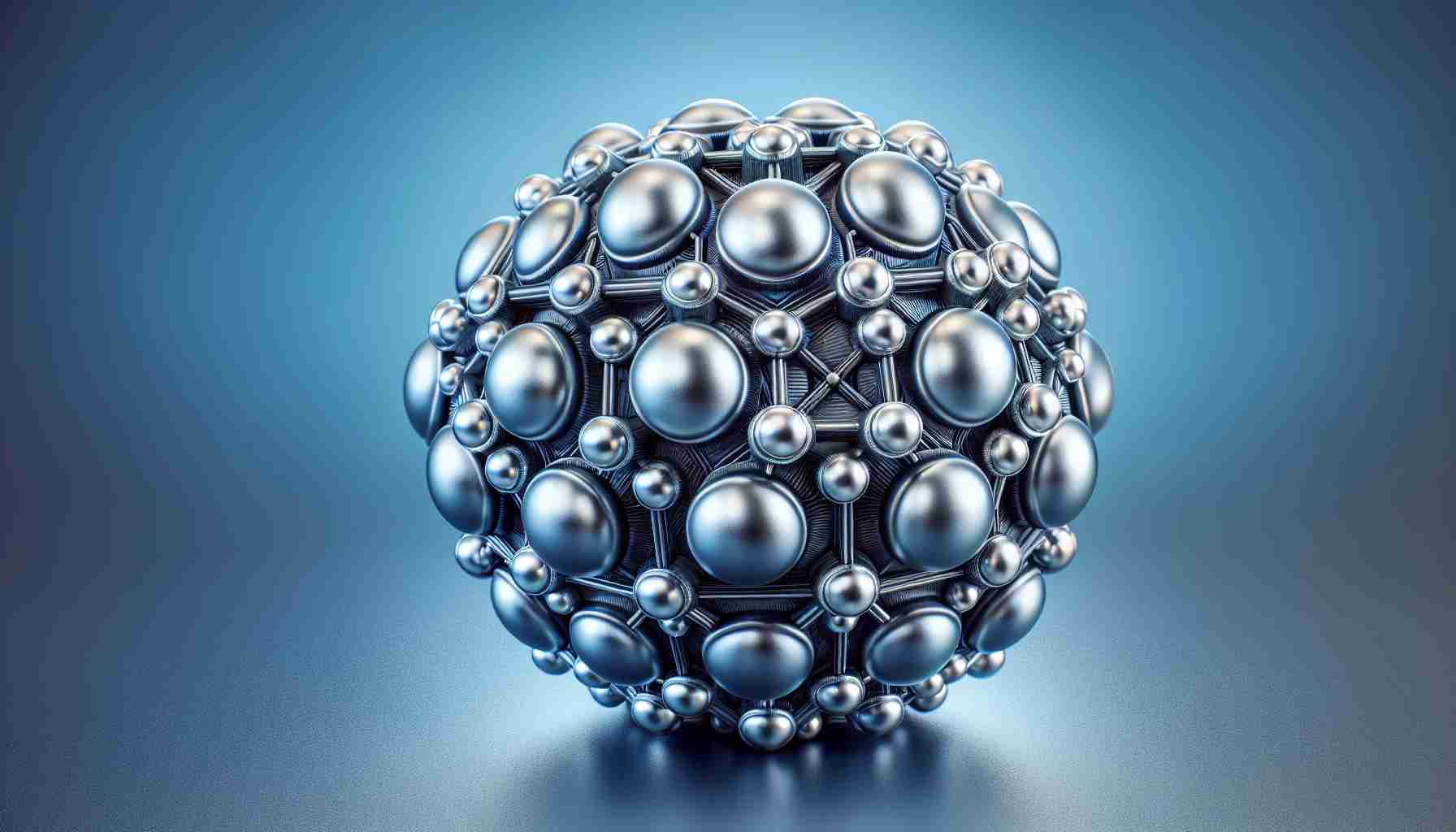Researchers from the Massachusetts Institute of Technology (MIT) have developed a new cathode material based on organic substances with higher energy density than most cobalt-based cathodes. Automaker Lamborghini has licensed the patent for this technology.
Cathode materials based on organic substances, derived from commonly occurring elements, have the potential to replace the use of critical metals like cobalt and accelerate the adoption of lithium-ion batteries. However, until now, they have not been competitive with inorganic cathodes due to their low conductivity, low practical storage capacity, and weak cycling ability.
Now, a team of researchers from MIT has developed a layered electrode material based on organic substances that can compete with cobalt-based cathodes. This new material demonstrates high electrical conductivity, high storage capacity, and practical insolubility in commonly used battery electrolytes.
The new cathode material achieves an energy density of 765 Wh/kg, higher than most cobalt-based cathodes, and can be charged and discharged in as little as 6 minutes. Its capacity is 306 mAh/g.
“These results demonstrate the competitiveness of sustainable organic electrode materials in practical batteries,” the researchers wrote in ACS Central Science.
The new cathode is composed of multiple layers of TAQ (bis-tetraaminobenzoquinone), an organic substance that contains three complex hexagonal rings. Within the molecules, there are chemical groups called quinones, which serve as electron reservoirs, and amines that help the material form strong hydrogen bonds. These bonds make the material highly stable and nearly insoluble, prolonging its lifespan.
One of the main ways organic materials degrade is by dissolving in the battery’s electrolyte and penetrating to the other side, creating a short circuit. If the material becomes completely insoluble, this process does not occur, allowing for over 2000 charging cycles with minimal degradation, explained Mircea Dincă, an MIT energy professor.
With quinones and amines as precursors, the basic materials needed to produce such a cathode are already commercially available and produced in large quantities as commodity chemicals.
The researchers estimate that the cost of organic cathode-based batteries could be around one-third to one-half of the cost of devices containing cobalt.
Italian luxury car manufacturer Lamborghini financed this research project and licensed the patent for this technology.
Regarding the article presenting the new cathode material developed by MIT researchers, there have been many questions about this innovative technology. The following FAQ section provides answers to the most frequently asked questions about the new cathode material, organic substances, and their applications in lithium-ion batteries.
1. What is a cathode material based on organic substances?
– A cathode material based on organic substances is a new type of material that can compete with traditional cobalt-based cathodes in lithium-ion batteries. It is fully made from commonly occurring organic substances, which can replace the use of critical metals such as cobalt.
2. What are the benefits of using a cathode material based on organic substances?
– This material has a higher energy density than most cobalt-based cathodes and can be charged and discharged in as little as 6 minutes. It also possesses high electrical conductivity and practical insolubility in battery electrolytes. These characteristics make the cathode material based on organic substances accelerate the adoption of lithium-ion batteries as a more efficient source of energy.
3. How does the new cathode material based on organic substances work?
– The new cathode consists of multiple layers of TAQ (bis-tetraaminobenzoquinone), an organic substance containing three complex hexagonal rings. Quinones in TAQ molecules serve as electron reservoirs, and amines help the material form strong hydrogen bonds. As a result, the material is highly stable and nearly insoluble, prolonging its lifespan.
4. What are the potential applications of this technology?
– The new cathode material based on organic substances can be applied in lithium-ion batteries, which are widely used in various fields such as automotive, electronics, and even energy. They can also replace conventional cobalt-based cathodes, reducing the cost of battery production.
5. Can organic substances be an alternative to cobalt in lithium-ion batteries?
– Yes, cathode materials based on organic substances have the potential to replace critical metals like cobalt in lithium-ion batteries. The production cost of batteries based on organic substances is estimated to be around one-third to one-half of batteries containing cobalt.
Related links:
– Massachusetts Institute of Technology
– Lamborghini
The source of the article is from the blog dk1250.com
